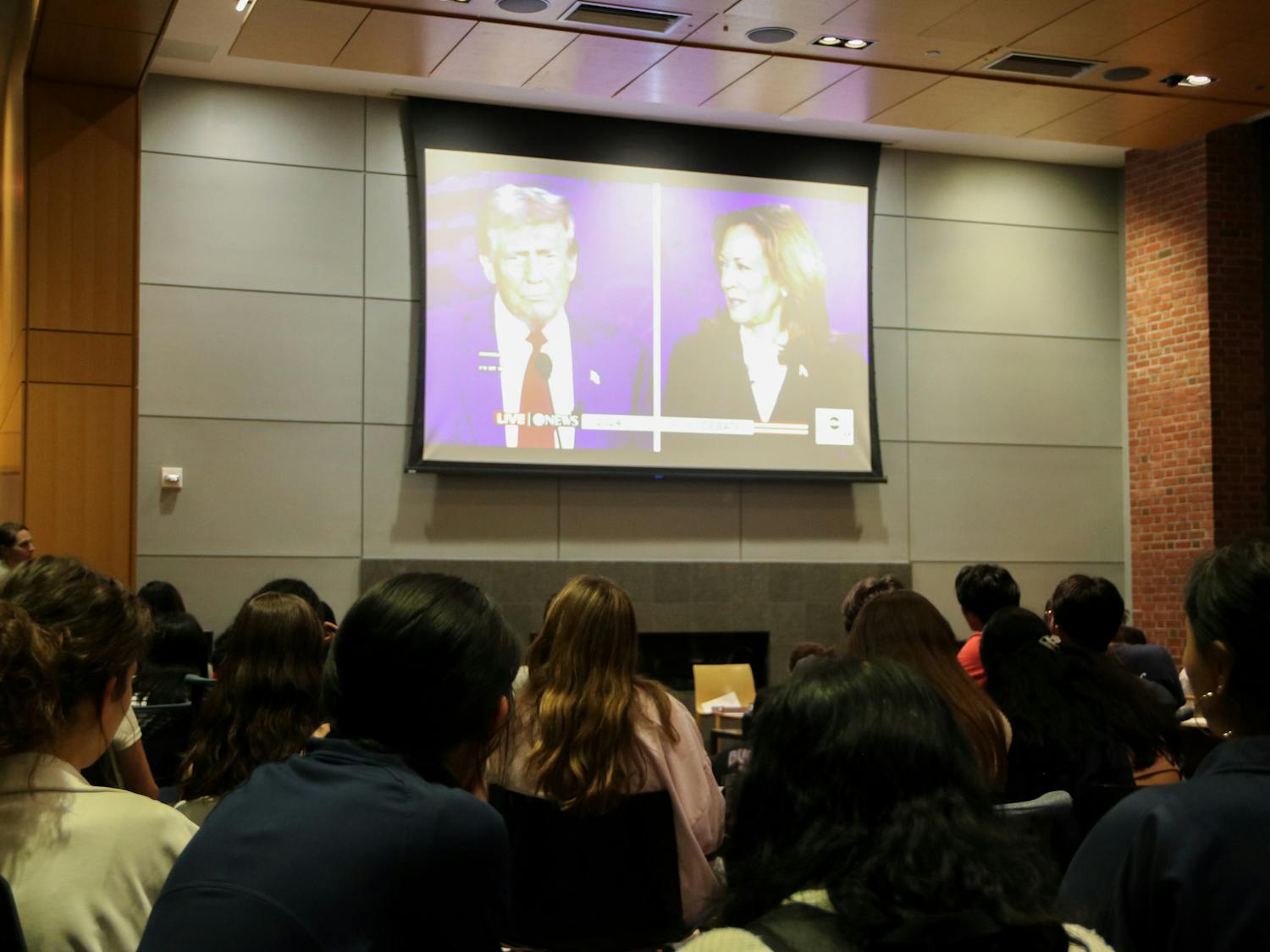Gore Vidal observed that "there is something in a bureaucrat that does not like poetry." I wonder if architecture joins poetry in the case of our own bureaucrats on City Council.
For Councilman-at-Large Bill Green, at least, the opposite is true: last Wednesday, City Council's Rules Committee heard him present legislation that would allow the Philadelphia Historical Commission to designate as "historic" the public interiors of buildings.
And if the bill had passed with a suspension of the rules, the sublime interior of the Boyd Theater could have been safe from the possibility of imminent destruction.
The legislation was, in fact, passed unanimously by voice vote, but the rules were not suspended; the final Council vote is delayed until members return from vacation in September.
And while members like Councilman Frank DiCicco, who needs to "take the summer to just figure this all out," are inevitably beachside themselves, the magnificence of Art Deco design exemplified by the Boyd Theater may be reduced to streetside rubble.
The Boyd Theater, which opened at 1908 Chestnut Street in 1928, was named by the National Trust for Historic Preservation this year as one of the nation's 11 most endangered historic sites. Now that it is up for sale, the gilded mirrors and glamorous balconies reminiscent of the decadence of the theater's era are in danger of becoming mere memories.
Philadelphia will instead have the pleasure of enjoying the artistic nuances of pavement or postmodern condos.
The recent history of the Boyd Theater has been litigious to say the least: United Artists Theater Circuit, Inc. - owners at the time - sued the City of Philadelphia in the early nineties as a result of the Historic Commission's unilateral designation of the Boyd as "historic." And in 1993, the Pennsylvania Supreme Court finally settled the dispute by ruling that the Historic Commission did not have the statutory authority to make historic designations based on interiors of buildings alone.
Here was exposed the weakness in Philadelphia's historic preservation law, and not until last week has a member cared enough to consider repairing the archaic code
Yet the legislation is as much about common sense and keeping up with the times as it is caring about the issue.
Philadelphia is apparently alone in abandoning protection of interiors; New York, Boston, Washington, and Los Angeles have preservation laws for interiors, as do Charlotte, Portland, and El Paso.
That's right. Texas is more enlightened than Philadelphia on this point of art appreciation and historical preservation. Does the Council see nothing wrong with that?
Council also heard testimony as to the economic benefits of bringing filmmakers to shoot in Philadelphia - many of whom come just to shoot scenes in distinctly local and historical buildings. Tourists also flock to these sites.
Preservation of the historical, as a reason in itself, makes the argument inherently compelling.
But the case was simply not strong enough for Council to move quickly, and even the Inquirer's Architecture "critic," Inga Saffron, agreed on this point.
In her column last Friday, Saffron characterized the speed of Green's attempt to pass the bill as "[verging] on the reckless," since this would be "a history-making change to Philadelphia's preservation laws." We have lagged behind for so long, the logic goes, we need to wait even longer.
Saffron also poses a paragraph of questions that remain, for her at least, unanswered: can churches be regulated? What about privatized public spaces?
Councilman Green, however, issued a memo to City Council on June 2nd addressing these concerns. Rarely have churches had their exteriors designated in Philadelphia, and experts claim few would qualify for interior designation. Privatized public spaces may be regulated, although these would also be few and, at least in New York, the owners have often been in favor of such preservation with a potential raise in value and prestige in mind.
The ordinance submitted by Green is based off that of New York City - time-tested, court-tested, and limiting interior designation to public spaces. Representatives of the Philadelphia Historical Commission, the Preservation Alliance for Greater Philadelphia, and the Philadelphia City Planning Commission all testified in favor of the legislation, some citing with applause Green's willingness to work with these groups.
So can we seriously say that this bill was premature or crude, that Green failed to illicit expert opinion or broad discussion?
Or is it more likely that the bureaucrats of Council were more interested in having it both ways - nodding the bill through and leaving it to marinade in the summer sun?
We can only hope that the Boyd itself survives under the same sun, and come September its interior remains as it is today - waiting for Council to do its job.
Josh Stanfield is a rising College senior from Poquoson, Va. His email address is stanfield@dailypennsylvanian.com.








